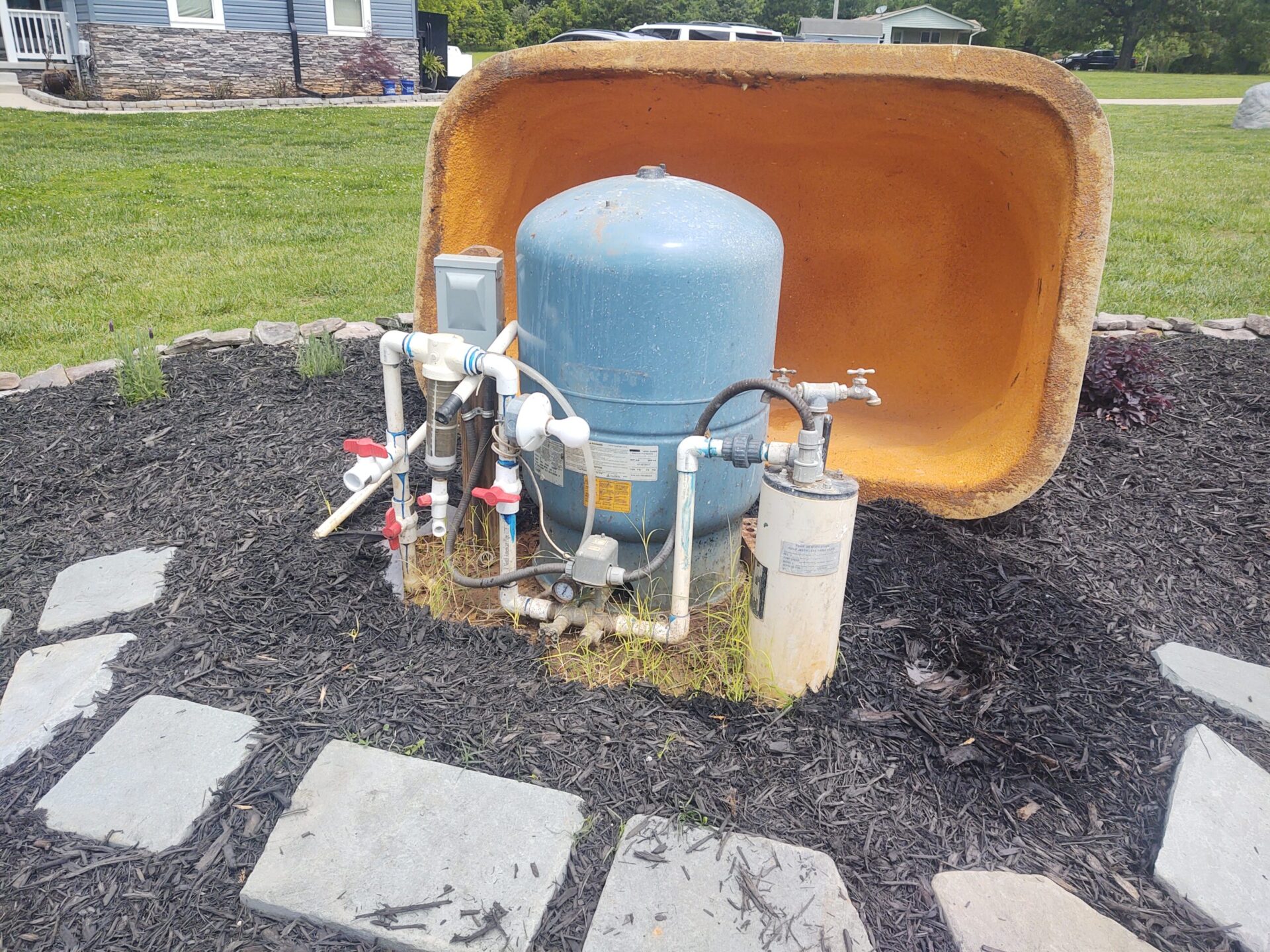If you rely on a well for your water supply, keeping the system clean and maintained is essential for ensuring safe, fresh water flows into your home. Over time, sediment, bacteria, and minerals can build up, affecting water quality and the efficiency of your system. Regular flushing helps to clear out these impurities, prevent clogs, and keep your water safe to use. But how do you know when it’s time for a flush? And how often is enough to keep things running smoothly?
In this article, we’ll break down the factors that influence how often you should flush your well system, what the process involves, and why it’s such an important part of maintaining your water supply. Whether you’re a seasoned well owner or new to the world of wells, this information will help you keep your system in top shape.
Why is it Important to Flush a Well System?
Flushing a well system is a critical maintenance practice that ensures your water supply’s safety, efficiency, and longevity. Over time, sediment, bacteria, and mineral deposits can accumulate in the well and its components, leading to various problems if not addressed. Flushing helps remove these buildups, keeping your system clean and your water safe for household use.
Regular flushing prevents contaminants like iron, sulfur, and other impurities from compromising water quality, which can lead to unpleasant odors, discoloration, or even health risks. Additionally, it helps maintain the efficiency of your well pump and plumbing by reducing clogs and minimizing wear caused by sediment buildup.
By proactively flushing your system, you can avoid costly repairs, extend the lifespan of your equipment, and enjoy a reliable supply of clean, fresh water. Whether as part of routine maintenance or to address specific issues, flushing is essential for keeping your well system in top condition.
What Are the Signs That My Well System Needs Flushing?
Identifying the signs that your well system needs flushing can help prevent water quality issues and equipment damage. Here are the common indicators:
- Discolored Water: If your water appears brown, yellow, or cloudy, it could indicate sediment buildup or rust in the well system.
- Foul Odors or Tastes: Bacterial growth, sulfur, or mineral deposits may cause unpleasant smells, such as rotten eggs or unusual tastes.
- Reduced Water Pressure: Sediment and debris in the pipes or pump can restrict water flow, leading to noticeable pressure drops.
- Frequent Clogs in Fixtures: Clogged faucets, showerheads, or filters suggest a buildup of debris or minerals in the system.
- Visible Sediment in Water: If you notice sand, dirt, or other particles in your water, it may be time for a system flush.
- Recurring Pump or Equipment Issues: Need to be improved to maintain pump inefficiencies; noises or frequent cycling may indicate that sediment is affecting its performance.
If you observe any of these signs, scheduling a professional well system flushing is essential. Regular maintenance resolves these issues and prevents further damage, ensuring clean, safe, and reliable water for your home.
How Long Does the Well Flushing Process Take?
The well flushing process typically takes 1 to 3 hours, depending on several factors, such as the size of the well, the amount of sediment or debris present, and the system’s complexity. Smaller, residential wells with minimal buildup may take less time, while larger or heavily contaminated wells may require additional effort and time to ensure thorough cleaning.
During the process, a professional will flush the system by running clean water through the well and pipes to remove sediment, bacteria, and other contaminants. If chemical treatments or disinfection are involved, the process may take longer, as the chemicals need time to circulate and effectively sanitize the system.
Afterward, the system will be flushed again to remove any residual chemicals. Regular maintenance and proper scheduling with a professional can ensure the process is efficient and minimally disruptive to your water supply.
Can I Flush My Well System, or Should I Hire a Professional?
Flushing your well system can be a DIY project for minor maintenance, but in most cases, hiring a professional for thorough and safe results is recommended. Here’s a breakdown to help you decide:
DIY Flushing
You can handle basic flushing if your system has minimal issues and you’re comfortable working with water systems. A simple DIY flush involves running a garden hose or spigot connected to the system to flush out sediment. However, this approach may not address deeper problems like bacterial contamination, mineral buildup, or sediment in the well casing.
Pros:
- Cost-effective for minor maintenance
- Can handle quick, small-scale sediment removal
Cons:
- Limited effectiveness for deep cleaning
- Risk of improper handling, which could damage the system
Hiring a Professional
A professional well technician has the expertise and equipment to thoroughly flush your system, remove sediment, and address contaminants like bacteria or minerals. Professionals also inspect the system for issues that could worsen during flushing.
Pros:
- Ensures comprehensive cleaning and system safety
- Identifies potential problems before they escalate
Cons:
- Higher upfront cost
Hiring a professional is the safest and most effective option for most cases, especially with recurring issues or complex systems.
Schedule Your Well System Flushing with a Well Doctor Today!
Ensure your well system stays clean, efficient, and reliable with professional flushing services from Well Doctor LLC. Our experienced team specializes in removing sediment, bacteria, and mineral buildup, safeguarding your water quality, and extending the life of your system. Don’t wait for issues like low pressure or discolored water to disrupt your daily life—act now to prevent costly repairs and ensure your water supply is safe.
Contact Well Doctor today to schedule your well system flushing. With our expert care, you can enjoy peace of mind knowing your well is in top condition. Call us now or book online to get started!

